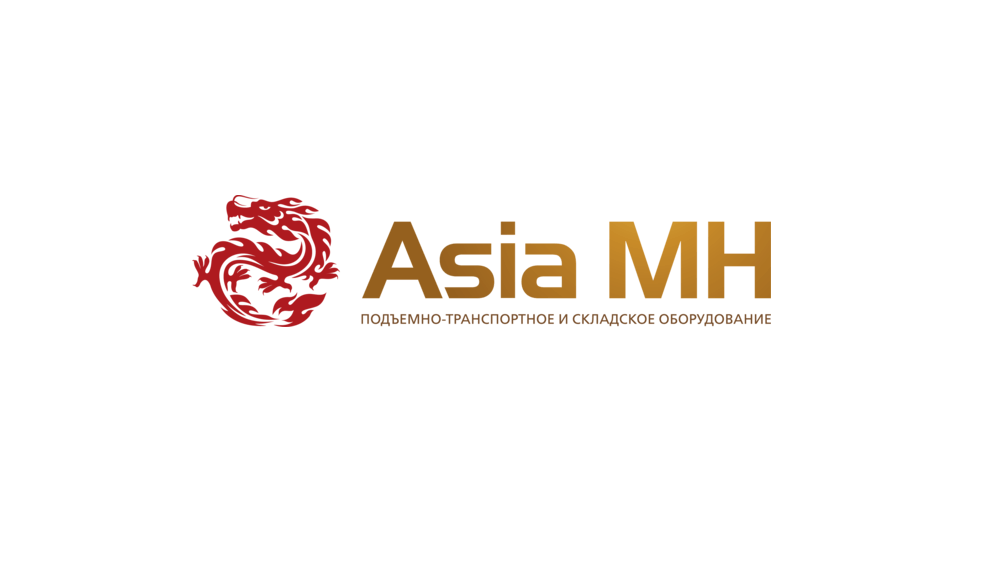HOW DOES RUSSIA’S RAIL TRANSPORT SECTOR PERFORM?

Part two of our series of market report extracts examines the Russian rail freight market
This is another important component of Russia’s transport & logistics machine, so let’s look at it in-depth.
Rail transport in Russia
Rising rail freight volumes signals market strength
Overall rail freight traffic grew by 962.3 million tonnes or 2.7% year-on-year between January and September 2018. Total freight traffic, excluding empty wagon runs, totalled 1,900 billion tonnes/km across Russia’s 85,000km railway network.
Including empty wagons, the figure jumps to 2.4 trillion tonnes/km.
Russian State Railway’s (RZD) revenues from its freight handling operations increased by 4.8% year-on-year between January and June 2018 pushing the value of its cargo services to US$11.4 billion in the review period.
The main growth has been in international traffic via two main corridors: the dominant East-West route from China to Europe and the smaller North-South route from India to Europe. The East-West corridor has several routes:
The important Western route via Kazakhstan, Russia, Belarus and Poland with a turnover of
- 278,000 TEU in 2017 which was an 80% increase on 2016;
- The Eastern route through China’s Manchuria and Russia; and
- The increasingly important central route through Mongolia which increased its traffic by 600% in 2017, albeit from a very low base, to reach 60,000 TEU.
Containerised rail cargo sees major growth
The total volume of rail container transportation from Asia to Europe via Russia increased by more than 55% in 2017, compared with 2016.
The containerised cargo through these corridors increased 60% between 2016 and 2017 and reached a total of 415,000 TEU.
This increased continued in the first four months of 2018 with 140,000 TEY being transported by rail, which was 27% more than in the same period in 2017.
2018 total TEU was expected to reach 500,000 TEU, of which: 230,000 TEU coming from Kazakhstan from China at the Dostyk and Altynkol border crossings; 75,000 TEU entering Russia at its Zabaikalsk border crossing; and the rest via other routes.
Meanwhile the volume of freight transported by rail in transit via Belarus rose by 26% in 2018.
The delivery time on the Vladivostok-Moscow route – which is one of the busiest trade routes in the Asia-Pacific region – has fallen from eleven to seven days. There is every reason to believe that, by 2025 rail container freight through Russia on this route may exceed 1.5 million TEU. The current growth of container shipments from Asia to Europe is averaging about 5% per year.
On the transit route from China to Germany via the Trans-Siberian Railway, container traffic grew by 55% between 2016 and 2017, and accounted for 49% of the line’s total capacity. Savings in terms of delivery of goods along the route are considerably, with freight arriving in 20 days, or twice as fast compared to the traditional sea route through the Suez Canal.
The increasing demand for container transportation across the railroad network will inevitably lead to greater competition between a multimodal Shanghai-Transsib-Hamburg corridor and alternate railway routes. First, it will be from China through Kazakhstan, Russia, Belarus, and Poland, and in a long term, a network of transport corridors developed as part of China’s “One Belt-One Road” project.
Download your copy of Russia Market Report: Transport & Logistics today
With $150bn in contract potential, Russia is a land brimming with possibilities for all transport & logistics professionals.
Our guide to the sector, Russia Market Report: Transport & Logistics, prepared with Menas Associates, will help you find them.
This 25-page report covers all you need to know about one of the largest developing transport & logistics sectors in the world. Inside, you’ll find:
- Russia’s logistics sector by transport mode, including road, rail, maritime and 3PL
- The role of foreign countries in Russian logistics
- A special focus on intralogistics
- More practicable information
Ready for TransRussia 2020?
As Russia’s only international transport and logistics exhibition, this is an event you want to mark in your calendar for 2020. For exhibitors, you can meet nearly 17,000 cargo owners freight forwarders, retailers and others in need of transportation services and technologies on the Russian market.
Visitors are primed for purchasing, and more than two thirds will only attend TransRussia amongst industry events.
Book your stand today and get ahead of your competitors in the market.
To find out more, contact our team for more information on this industry-leading international event.
BOOK YOUR STAND




















